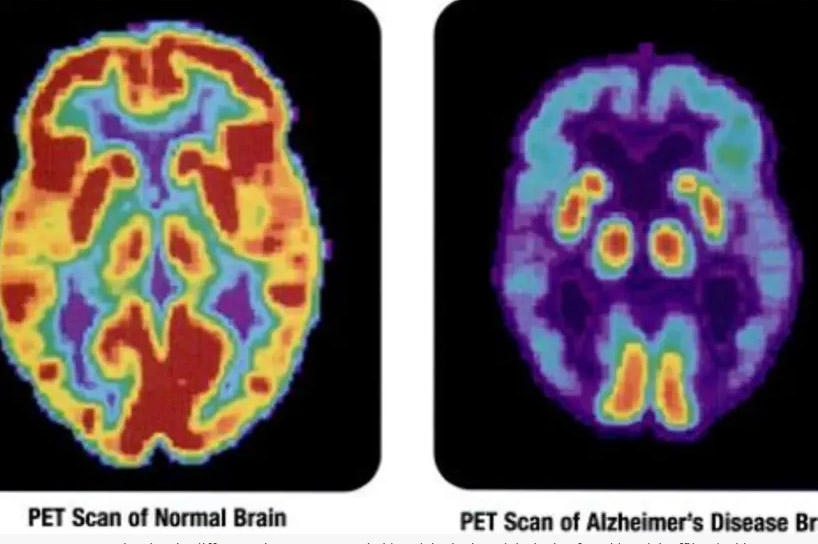How does the brain work? What is the connection between its structure and its functioning? A team of Israeli scientists from the Technion Institue of Technology, in cooperation with colleagues from the US and France, has managed to demonstrate the significance of personalized brain models, which could have a meaningful impact in the field of personalized medicine.
In an academic article published Thursday in PNAS, the official journal of the National Academy of Sciences of the United States, the group demonstrated that the individual map of neural connections (connectome) predicts the functional organization of individual brains.
As explained in a statement, the researchers took advantage of mice studies to “systematically investigated the informative content of different structural features in explaining the emergence of the functional ones.”
They employed magnetic resonance imaging (MRI) to scan mice’s brains, then built a virtual model of their brain network and tried to simulate their functional organization, finally comparing it to the results of a second round of MRI on the same mice.
With this study, the scientists were able to identify “which missing connections (not measurable with structural MRI) are important for whole brain dynamics in the mouse.”
The study was conducted by Professor Itamar Kahn, director of the Brain Systems Organization in Health and Disease Lab at Technion. Graduate students Eyal Bergmann and Francesca Melozzi were lead co-authors.
Kahan’s work focuses on investigating brain function and behavior in health and disease. As explained in the American Technion Society’s website, his research has applications for neurodegenerative diseases such as Alzheimer’s and Parkinson’s and neurodevelopmental disorders including autism and attention deficit hyperactivity disorder.


























